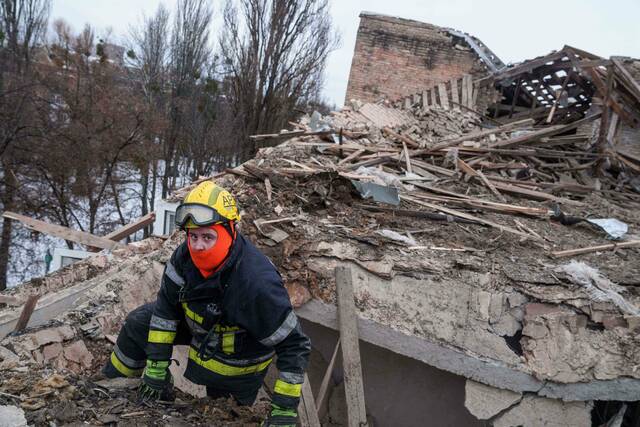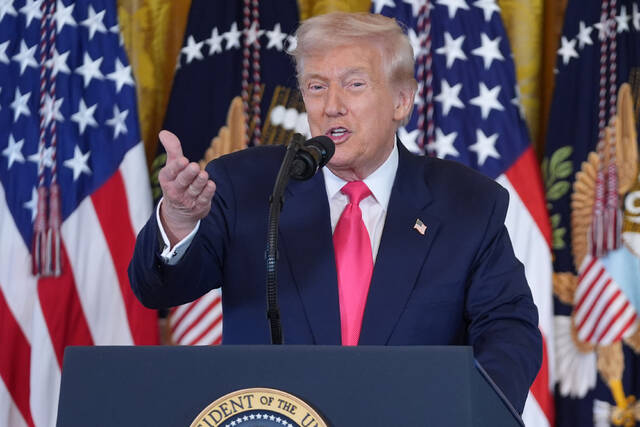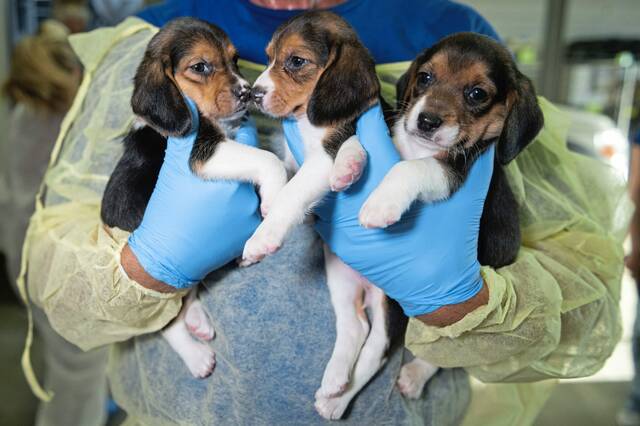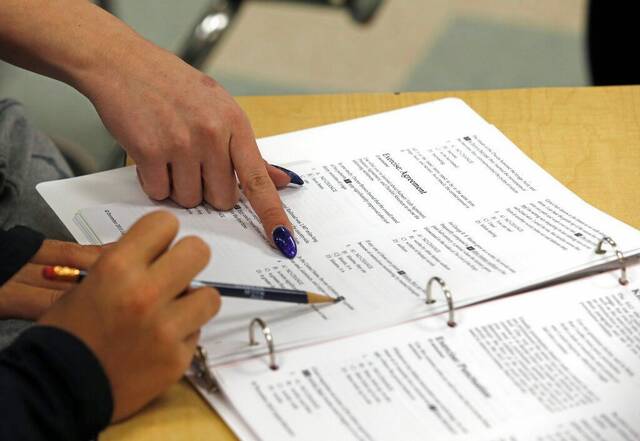The back-to-school news cycle has been dominated by the coronavirus delta variant and its impact on school districts, students and families, transportation woes, and the effects of last year’s pandemic-related shifts in learning.
The report, “State of Environmental Health in Pennsylvania Schools,” released by Pittsburgh nonprofit Women for a Healthy Environment as schools struggled with reopening plans, shines a light on the fact that environmental hazards in the built environment affect the healthy development of a child, which in turn impacts their ability to learn and perform well in school.
Getting students into school buildings isn’t enough; we need to provide children an environment that is safe, clean, healthy, dry, pest-free, and that encourages good health-promoting behaviors; accessible green space; healthy nutritious food available to all; and where mental, behavioral and socioemotional services are accessible to help serve the growing needs of families across the commonwealth.
The 2021 report, a randomized sample of 65 school districts serving 175,000 students across the commonwealth, is an eye-opening call to action.
Take lead, for example. No level of lead exposure is safe for children, as it damages the brain and nervous system, slows growth and development, can lower IQ, and causes learning, behavior, hearing and speech problems. The report shows that 89% of the 65 school districts tested drinking water for lead in the last 10 years. Of those, 91% found lead contamination, but only 9% of schools that detected lead took action to remove it.
The report analyzed additional hazards — radon, mold, water quality contaminants, polychlorinated biphenyls (PCBs) in school materials, artificial turf fields, pesticides on school grounds and indoor air quality — finding various levels of testing and action.
Looking specifically at local school health, 24% of school districts in southwestern Pennsylvania conducted radon testing, for example. In 38% of the school districts that tested, radon results were above recommended thresholds, a warning sign as exposure to radon is the leading cause of non-smoking-related lung cancer. And in our region, only 8.3% of schools had policies in place aimed at ensuring healthy air quality for students.
While troubling, the findings are not surprising. The average school building in Pennsylvania was built in 1964 — several years before federal laws that affect healthy indoor environments were enacted. It’s also not surprising that schools serving more low-income, special education and minority children struggle to afford testing, not to mention remediation of the environmental hazards they find inside their buildings. And anyone who’s paying attention understands that school districts face budget constraints year after year, meaning that schools lack the support and resources to ensure, at minimum, that their facilities are safe for students to learn and teachers to teach.
Right now, however, school districts are in an unprecedented position to address the legacy issues facing their school buildings — and the environmental hazards that negatively impact children’s health and school performance — thanks to funds available through the American Rescue Plan Act (ARPA) and the proposed bipartisan infrastructure bill. This bill would provide critical funding to address lead in schools, energy retrofits, electrification of school buses and school infrastructure that can positively impact current and future generations of learners across the commonwealth.
Now is the time to take action. Our schools, our families, our community — we’re all working hard to keep children in schools and on track for learning. And if the global covid-19 pandemic has taught us anything, it’s that indoor environments matter for students’ health, safety and academic potential. Schools reflect our community values. When we invest in the learning environment, we invest in a healthy, safer, cleaner future where all can have the opportunity to thrive and succeed.
Michelle Naccarati-Chapkis is executive director of Women for a Healthy Environment, East Liberty. Britnee Weatherspoon is an educator and an advisory board member for Healthy Schools PA, Clairton.








